
A visual is the presentation of a design or solution for client approval before proceeding with the finished artwork.
Drawing is the fundamental part of illustration on which visual imagery is built. Drawing deals with composition, colour and texture, shape and forms, emotive and associative aspects of illustration, but also with visual language and research. The creative process of bringing ideas for observation is called visualisations. Drawings can also be called visuals, roughs or thumbnails.
Roughs: an illustrator will produce these to continue to help in the formulation and expansion of ideas and to explore other pictorial properties such as composition.
Thumbnails: are small-scale visuals where designers quickly document ideas, organising them in a range of images to compare and appraise.
In this exercise, I was asked to make a small collection of objects around a chosen theme. I went for the subject called workshop. The reason for that is that I felt I wanted to explore a new area, I’ve done some nice pretty pictures, here I wanted to examine closer some rough objects, that usually can be found at warehouses, garages, or workrooms, objects for the manual work, with grunge edges, dark, dusty colours and sharp angles. For inspiration, I went to my parent’s garage and garden shed. The garage is literally overloaded with different staff for house and manual work, paintings, different hovers and metal canisters, same as a garden shed was busy with different gardening tools, that my mum uses to look after her garden roses. I was quite curious to examine each object closely, looking for distinctive angles of objects, like from above and from underneath. Also, I was curious to experiment with the texture and imagine how that particular tool can look for illustration. I found some curious combinations like tangled wires, ropes, and smooth metal objects. It was sort of an experiment for me, as I’ve never seen that kind of theme will be my inspiration, as I mentioned before, it’s always useful to try something new and get familiar with a new area for exploration. I was attracted to the different shapes of the tools, their bends and forms, some of the objects were sharp and cold, some objects looked rough and barbed, and some smooth and slick.









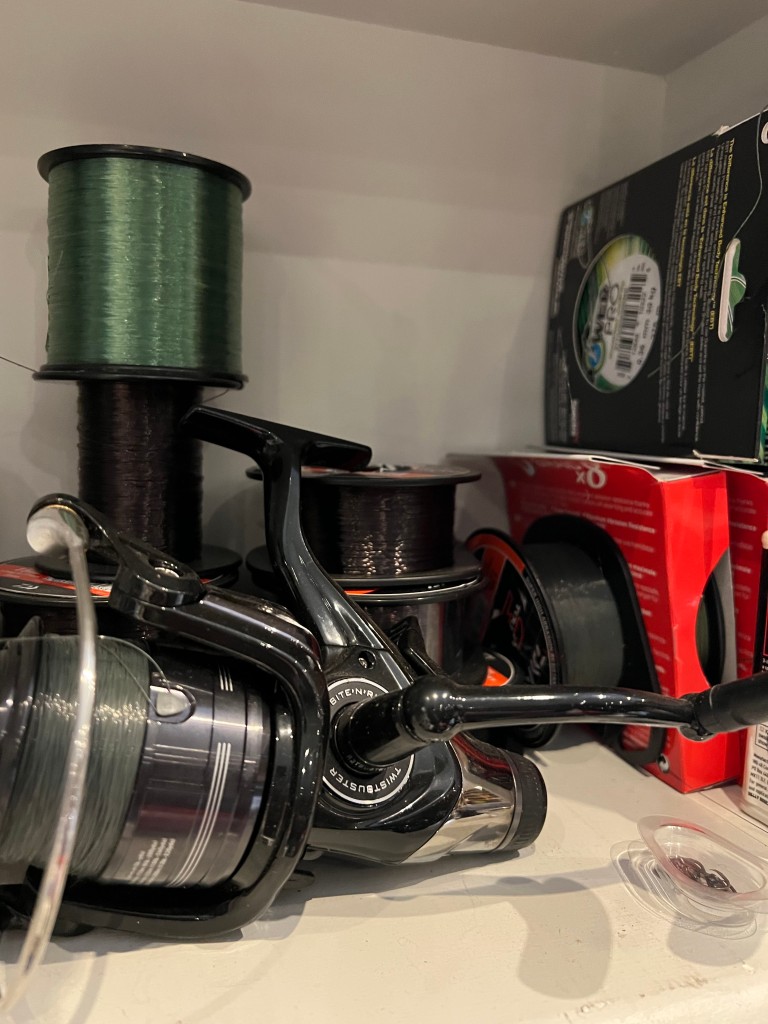

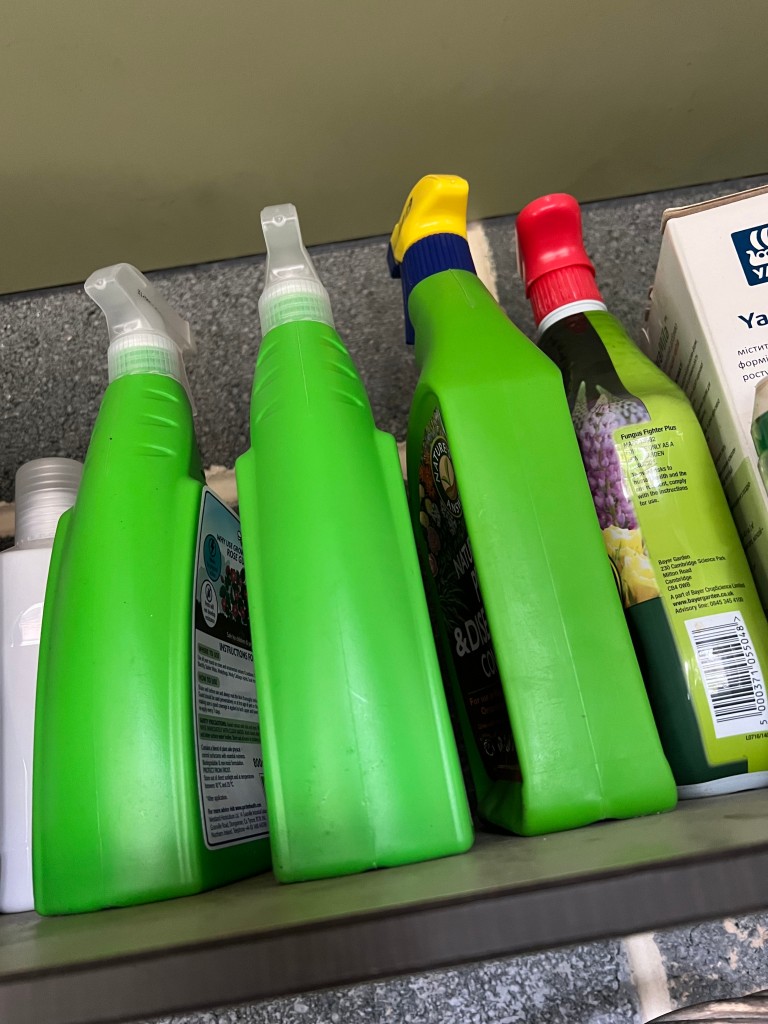





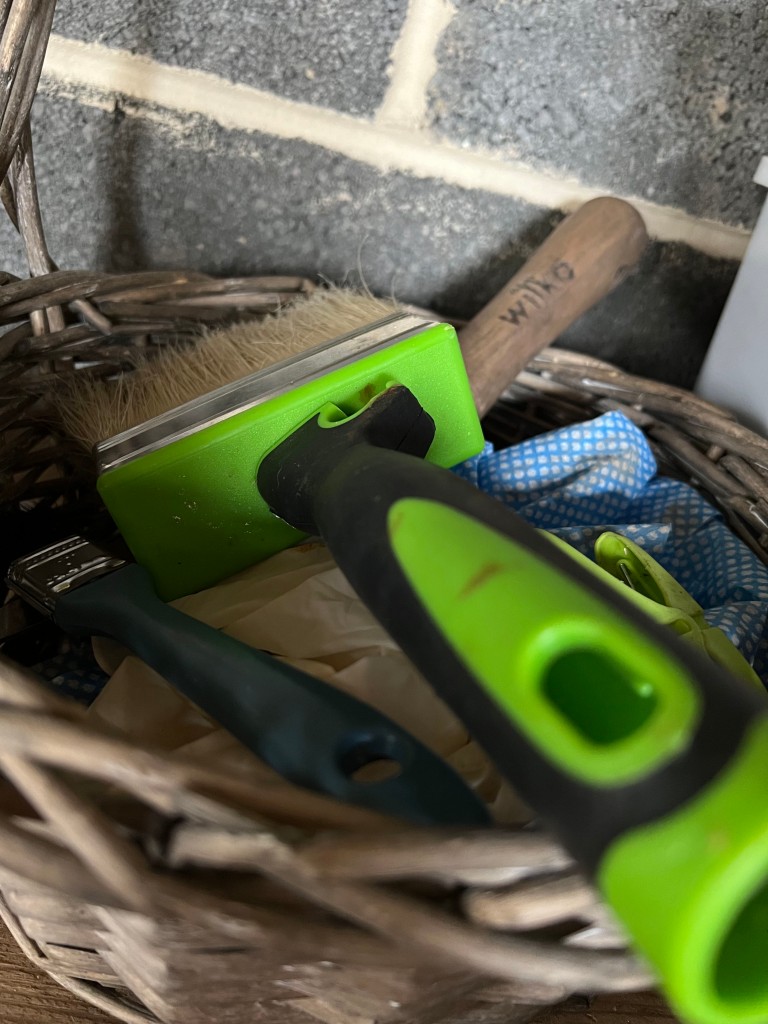



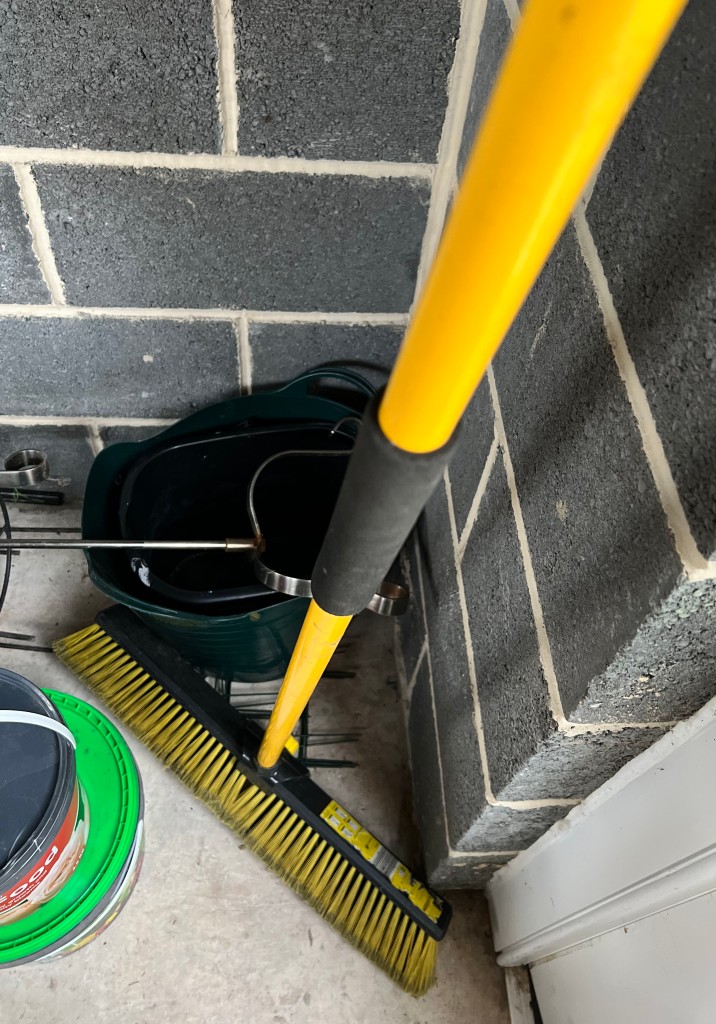




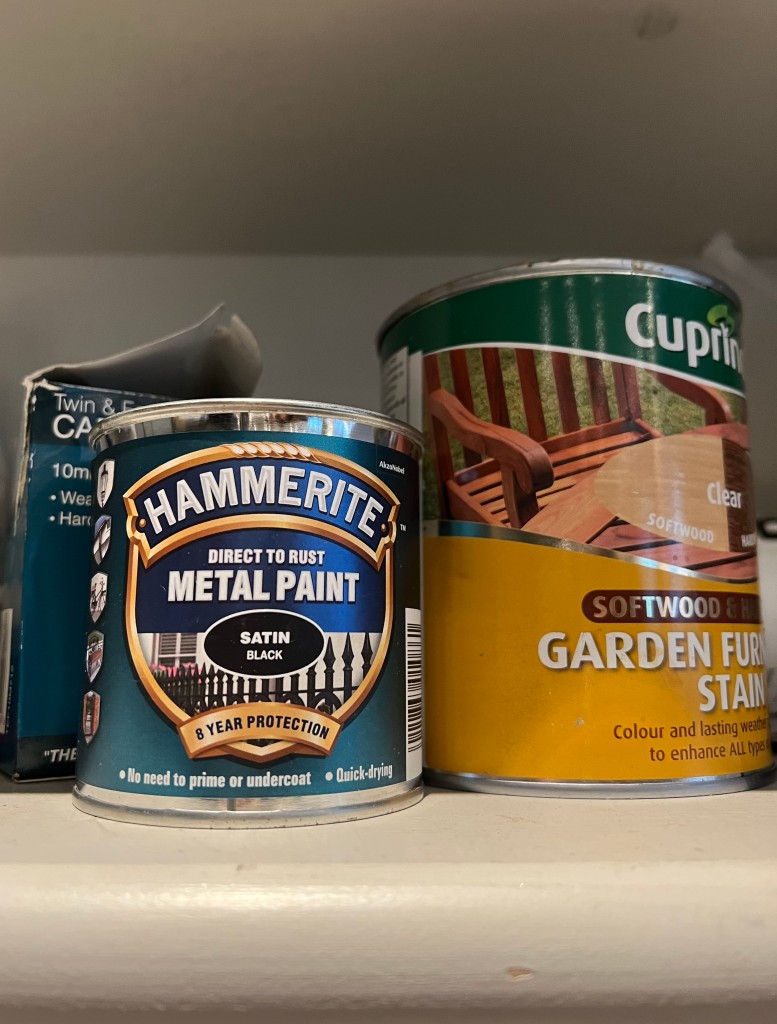
Illustrations
In the next part of the exercise, I needed to explore those objects and experiment with their features in the illustration. I looked through pictures I’ve taken and analysed what was the most striking for the drawing. As with most of the tools I photographed individually, I was going to combine them later in illustration, by selecting the best combination. I wanted to try different frame shapes for the illustration, like round, and rectangular, or just follow the angle of the tool shapes, and see how they would communicate.


Here I placed each tool and composition individually, which helped me to examine them, see what extra I can join together, and what objects are more difficult to read, or don’t play as important roles compared to the rest.




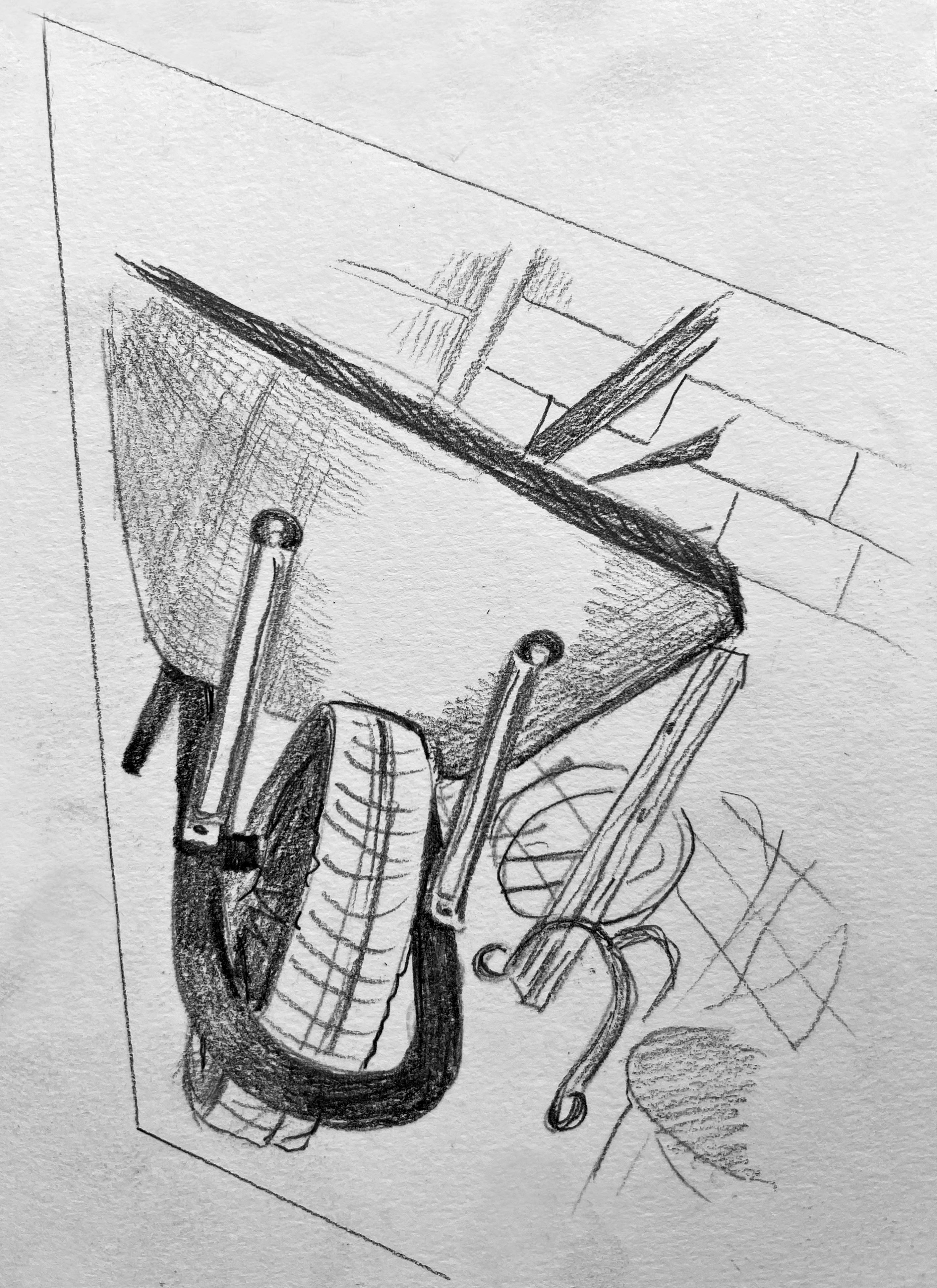

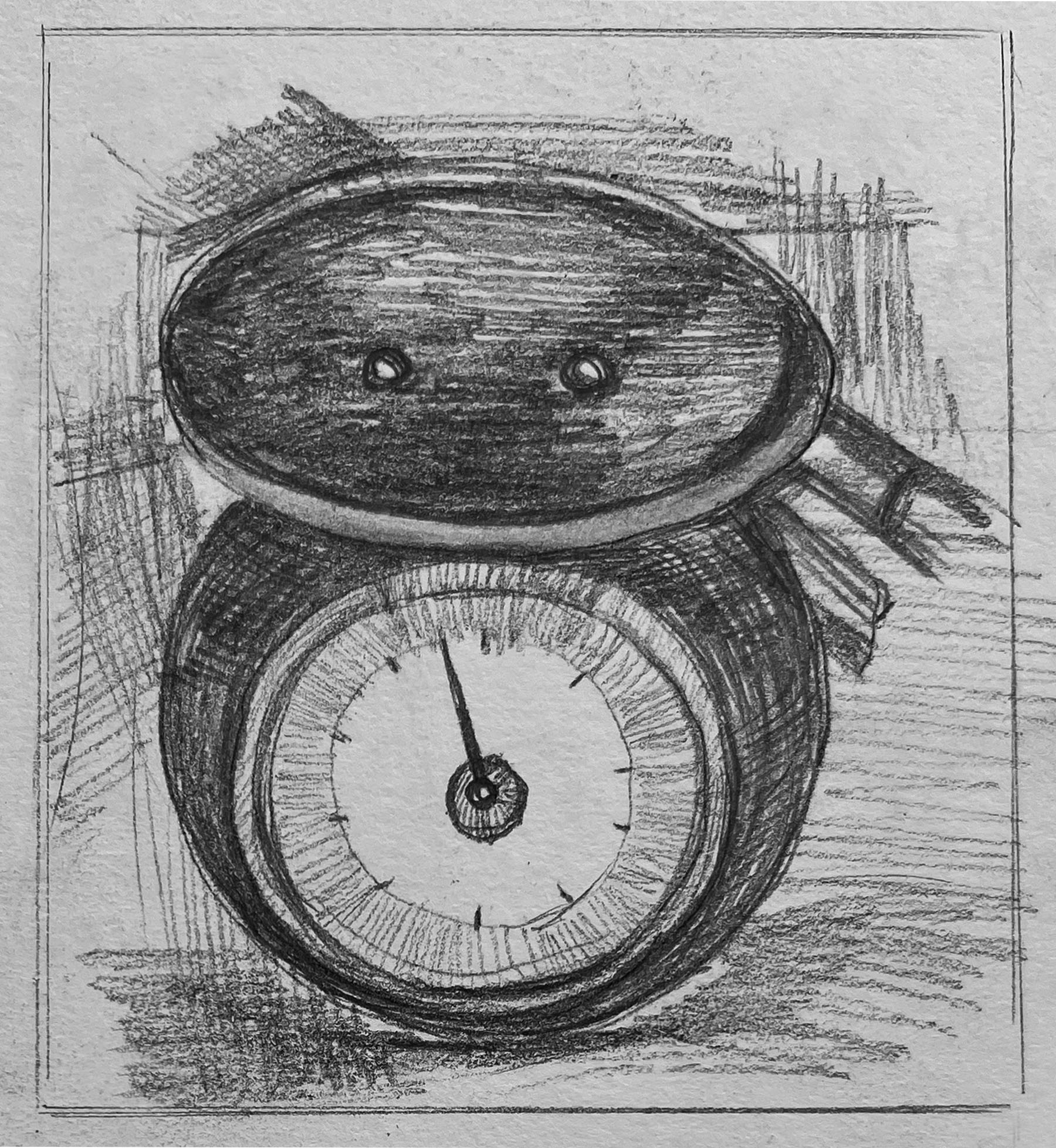



Illustrations
That illustration is my favourite composition, as it has so many different shapes included in one, it has pipes, ribbons, hollows in plastic, round elements, and the bendy shape of a water gun.
I took two ‘L’ shaped frames to create different close-up compositions with three objects, that to learn what would be the vocal point here and which object emphasised the most depending on the frame shape. By looking at those illustrations I concluded that the water spray gun had the most impact on the majority of compositions. I think due to its position, shape, and smaller size it stands out when water butts are playing a role more like background.
The fact that I left the word ‘Sprayer’ on it played its role too, as our eyes are naturally attracted to the most recognisable part, which is this case the word itself, as it is clear to read, as it’s the easiest thing to catch the site, but apart from that, from the illustration point of view the object to look into first is the water gun still. Something to consider in the future is the role of the words in illustration, and plan what exactly I want to highlight in my composition, image or writing.








Which viewpoint best fitted the word your objects illustrated? Why was this?
In this exercise, I wanted to create an illusion like from the visitor’s point of view, introduce the observers to the world of manual work, let them enter some kind of shop and decide whether those objects can make a solid composition, or they look odd together. Most of the objects were photographed in angles, and from the dynamic angles, some of them called for action, like “Pick me up! I’m ready to do a job!”, instead of just lying flat, they looked like they were lifted from the surface. That was my intention, to make objects energetic and communicate. My final choice was a composition with three objects, that created a dynamic together.
Which format best illustrated your words?
I think analyses of composition with the ‘L’ shape played a role in figuring out the vocal points. I tried different shapes for the illustrations, such as round ones, arrows, and replication of the shape of the image, but still, the best one was for me not the odd shape of the frame but exploring close-up compositions by moving ‘L’ shapes around. Here I could see how the frame changes the mood and perspective. I liked the placement of objects from the left top corner to the bottom right, they looked like they are on the move, the tools have a direction, and it adds a special dynamic to the illustration.
Did changing viewpoints make you think differently about your choice of objects and arrangement of them?
Definitely yes, each frame and each viewpoint can play a role. When you look at the tool from the top, it feels like you are dominating the object and have control over it. But when you examine the object from the bottom, it seems to you that the composition rises and controls you. And when objects just lie down flat, they don’t have that call to action in them, you just stare at them, like at still life, therefore for the dynamic it’s vital to change the viewpoint and create a close-up vision.